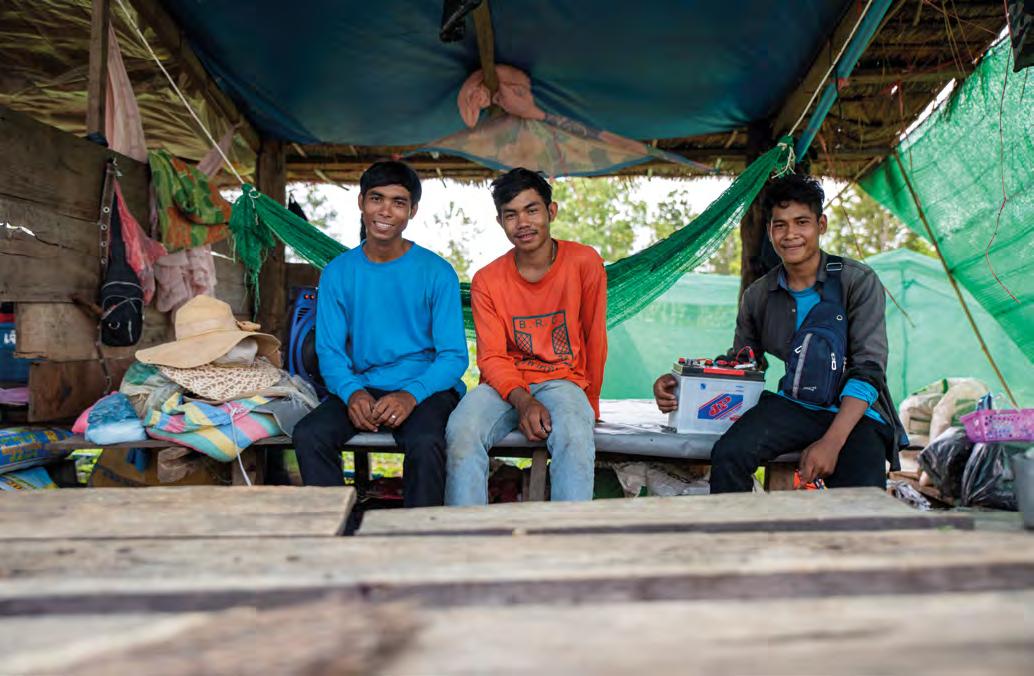
2 minute read
Photo Feature: Growing together
from Segment magazine
PHOTOGRAPHY WARA BULLÔT
Imagine the pride and economic resilience felt by a subsistence farmer who triples production or moves to higher value crops. Horticultural scientists have long contributed to international development, and now they work on projects alongside economists, project managers and commercialisation experts.
Advertisement
Here are two stories of how New Zealand science is helping families improve their livelihood in Southeast Asia.
CAMBODIA
Melon farmer Mai Puy is one of 3,400 farmers in North Cambodia helped by the New Zealand Aid Programmefunded CODES project. Run by non-profit iDE Global, the project has enabled him and 400 other farmers to shift to high value produce. Contracted by iDE, Plant & Food Research scientists have studied local conditions and trained iDE staff in new crop agronomy and pest and disease management.

Mai Puy: “In the past year I’ve learnt growing techniques and we now have better market access and higher prices. I love farming here. I’m my own boss. I get fresh air and my 3 hectare of land is close to water.”
Collaborative marketing and a new payments system have grown farmer confidence in their Melon Association. Thirty tonnes of the fruit are now sold each month to Phnom Penh supermarkets — a 300% increase since April 2018.
The project has helped many melon farmers increase their income to around US$10,000 per year. Other high value crops to which farmers are encouraged to switch include cherry tomatoes, chillies, cabbage, sweet peppers, broccoli and cauliflower.



Reunited: When Mai Puy’s younger brothers found out he was farming melons, they gave up their migrant jobs in Thailand and returned home to help out. “They’re now learning growing techniques and would like to have their own farms one day,” he says.


“As I receive more income from melons,” says Mai Puy, “I’ll use the money to support my two-year-old daughter’s schooling and expand production into chillies and eggplants. My goal is for my daughter to be educated and find work in the city.”
VIET NAM
Income has tripled for Vietnamese dragon fruit farmers Mr & Mrs Vu since they adopted a new T-Bar production approach over the traditional “mop top” growing system. Under the NZ Aid Programme-funded project, the Vu family run a 1.6 hectare model farm showcasing the new approach.

Vietnamese and Plant & Food Research scientists have discovered how to combat the major disease of dragon fruit, called canker, and dramatically improve sustainable growing and postharvest practices. A new cultivar breeding and commercialisation programme is expected to further boost the livelihoods of smallholder farmers and build a lucrative export industry for Viet Nam. •

“It’s early days,” says Mrs Vu. “But the extra income so far has covered labour and other costs and we now are able to buy fertiliser. From now on more of the income will be available for our family.”


“Farmers come visit and want to copy us,” says Mr Vu. “The new system is very effective. Our fruit are bigger, use less fertiliser and we manage the farm between us. That’s more time to spend with our grandchildren.”






